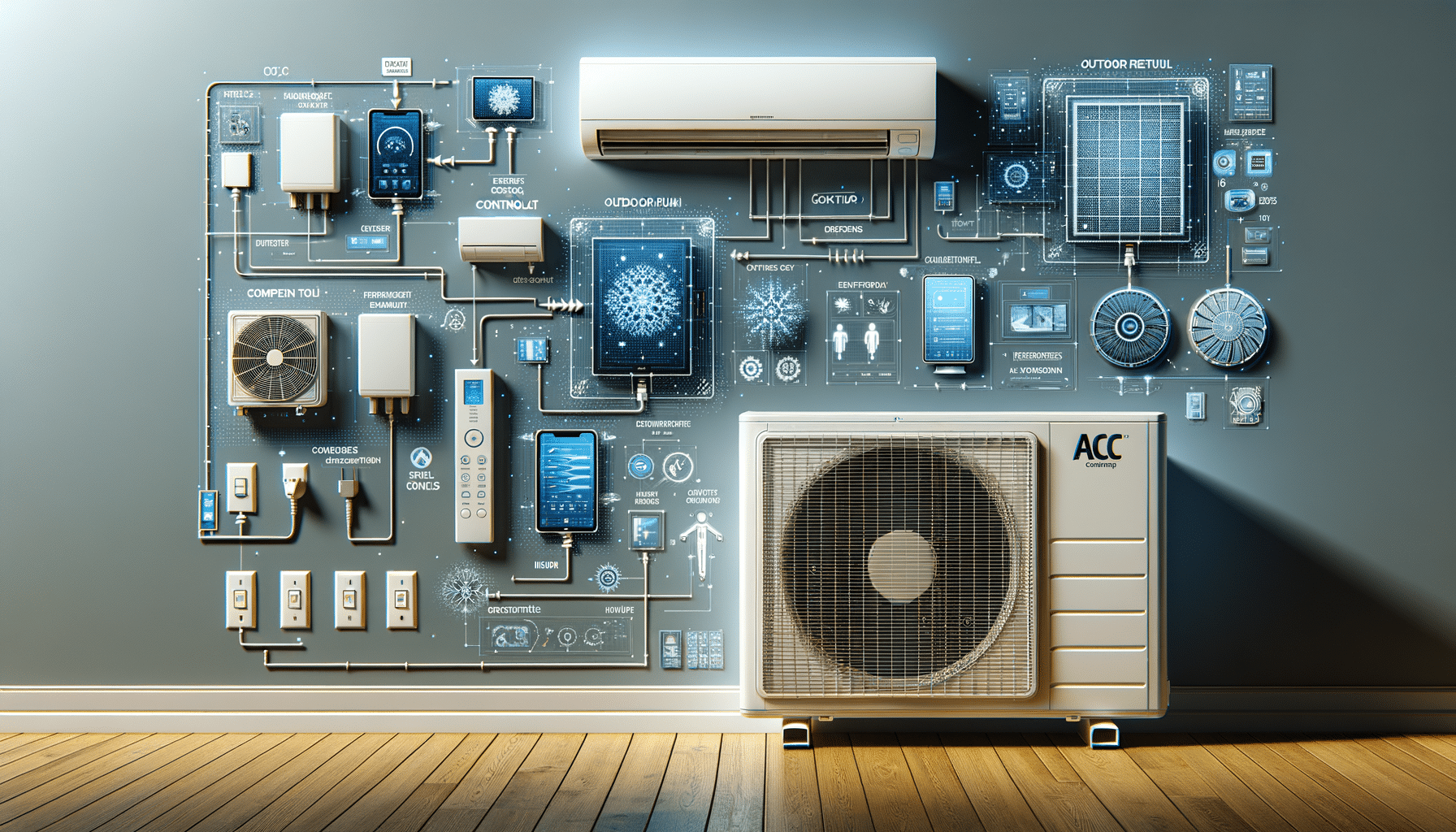
Ductless AC Systems: Features, Benefits, and Installation Considerations
Introduction to Ductless AC Systems
Ductless AC systems, often referred to as mini-split systems, are becoming increasingly popular in both residential and commercial settings. Unlike traditional HVAC systems that rely on extensive ductwork to distribute air, ductless AC systems offer a more flexible solution by providing air conditioning directly to individual rooms or zones. This flexibility not only allows for customized comfort but also enhances energy efficiency, making it a viable option for many homeowners and businesses. In this article, we will explore the features, benefits, and installation considerations of Ductless AC systems to help you determine if they are a suitable choice for your cooling needs.
How Ductless AC Systems Work
Ductless AC systems consist of two main components: an outdoor unit and one or more indoor units. These components are connected by a conduit that houses the power cable, refrigerant tubing, suction tubing, and a condensate drain. The outdoor unit is typically mounted on an exterior wall or placed on the ground, while the indoor units are mounted high on a wall or ceiling. Each indoor unit is equipped with a fan and evaporator coil, allowing it to cool the specific area in which it is installed.
The operation of a Ductless AC system is straightforward. The outdoor unit compresses and circulates refrigerant through the conduit to the indoor unit, where it absorbs heat from the room and transfers it outside. This process is reversed when heating is required, making Ductless AC systems a versatile option for year-round climate control. Their ability to operate independently in each zone provides precise temperature control and reduces energy consumption by only cooling or heating occupied spaces.
Benefits of Ductless AC Systems
One of the most significant advantages of Ductless AC systems is their energy efficiency. By eliminating ductwork, these systems avoid the energy losses commonly associated with central air systems, where up to 30% of energy can be lost through ducts. This efficiency translates into lower utility bills and a reduced carbon footprint. Additionally, Ductless AC systems offer:
- Flexible Installation: Without the need for ductwork, installation is less invasive and can be completed more quickly.
- Zone Control: Different zones can be set to different temperatures, catering to individual preferences and enhancing comfort.
- Quiet Operation: Indoor units are designed to operate quietly, making them suitable for bedrooms and offices.
Furthermore, Ductless AC systems improve indoor air quality by filtering out dust, pollen, and other allergens, providing a healthier environment for occupants.
Considerations for Installing Ductless AC Systems
While Ductless AC systems offer numerous benefits, there are several factors to consider before installation. First, the initial cost can be higher compared to traditional systems; however, the long-term savings on energy bills often offset this expense. It’s essential to assess the specific cooling and heating needs of your space to determine the appropriate number and capacity of indoor units required.
Another consideration is the aesthetic impact. Although modern indoor units are designed to be sleek and unobtrusive, they are still visible and may not suit everyone’s design preferences. It’s also crucial to ensure that the outdoor unit is placed in a location that allows for proper airflow and is easily accessible for maintenance.
Lastly, professional installation is recommended to ensure optimal performance and efficiency. An experienced technician can provide valuable insights into unit placement and system configuration to maximize the benefits of your Ductless AC system.
Conclusion: Is a Ductless AC System Right for You?
Ductless AC systems offer a compelling solution for those seeking efficient, customizable climate control without the need for ductwork. They are particularly well-suited for homes and businesses with unique cooling needs, such as older buildings lacking ducts, new additions, or areas with varying occupancy levels. By providing targeted comfort and reducing energy consumption, Ductless AC systems can enhance both the comfort and sustainability of your space.
When considering a Ductless AC system, it’s important to evaluate your specific requirements, budget, and aesthetic preferences. With the right installation and configuration, these systems can provide exceptional comfort and efficiency for years to come.


